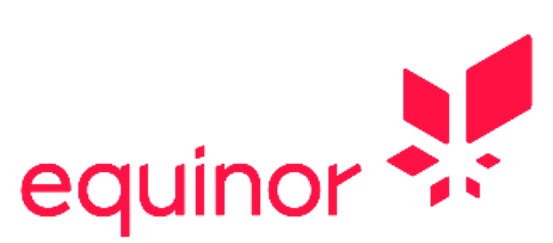Measure and Reduce Ecological Impact of Wind Farm Construction and Operation on Birds
RWE has recently announced the Growing Green strategy with a plan to invest 50 billion euros to achieve 50 GW of capacity by 2030. With offshore wind growth being a core part of this ambition, it is important to measure, evaluate and mitigate the impacts construction and operation of wind farms have on the surrounding environment.
RWE is engaging with partners around the world to minimise potential negative ecological impacts of offshore windfarms and use the learnings for future projects. In the UK, RWE is an integral part of the research programmes ORJIP (Offshore Renewables Joint Industry Programme)and OWSMRF (Offshore Wind Strategic Monitoring and Research Forum)to further drive industry know-how on environmental topics.
RWE has been driving developments and innovations within ecology across its wind farm portfolio and would like to take it further to make sure the rapid expansion of offshore wind happens without negative impacts on the environment.
In this challenge, we concentrate on the impact of offshore windfarm construction and operation on birds. Currently, pre-construction monitoring of kittiwakes and other species is ongoing at Sofia using LiDAR technology to capture information on flight height, flight speed and age class, however we continue to look for further innovations for Sofia and other UK projects in the areas described below to better understand bird behaviour and to mitigate any negative impacts.
FIND OUT MORE







